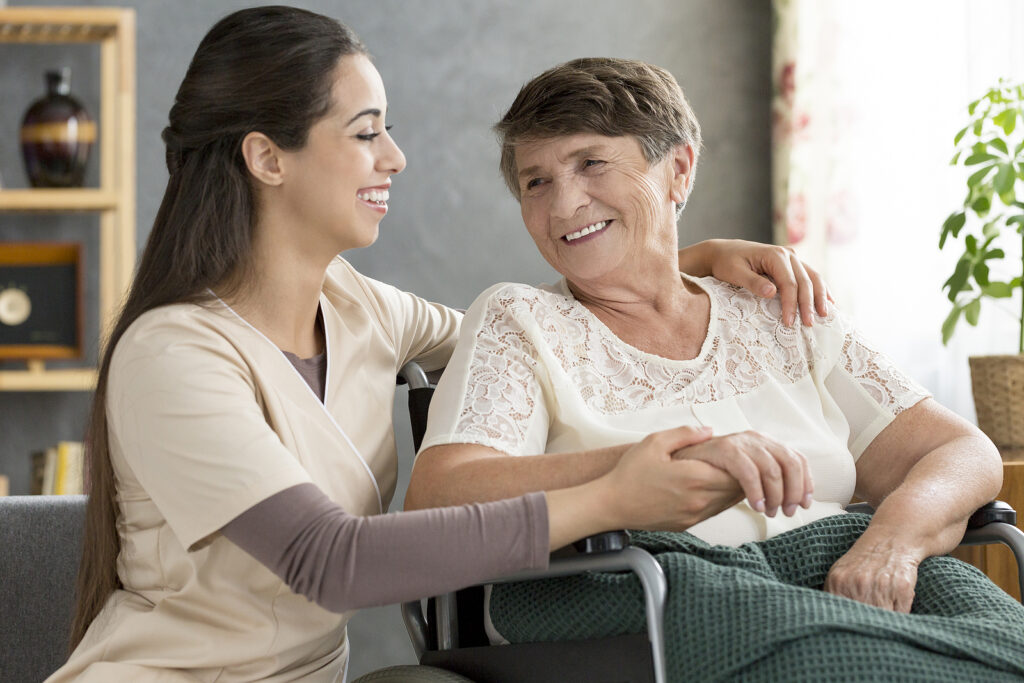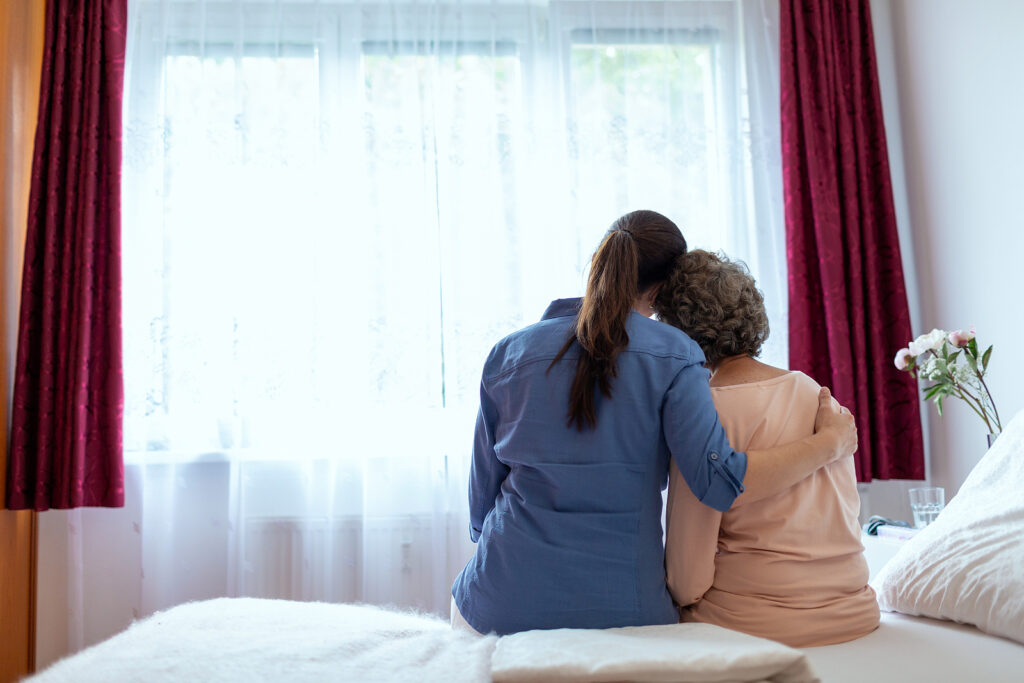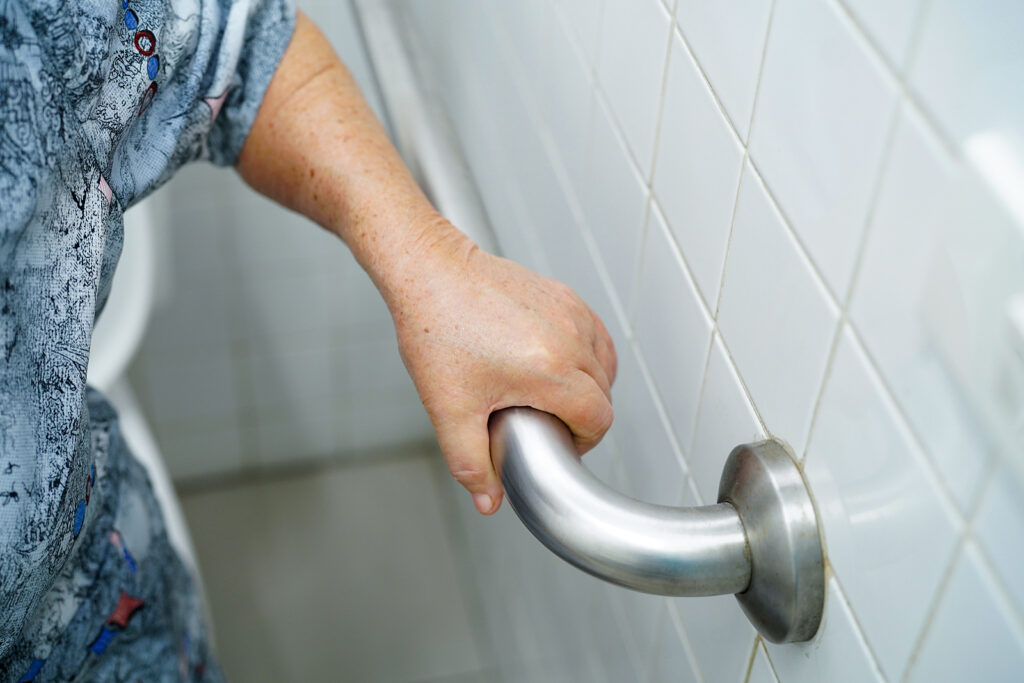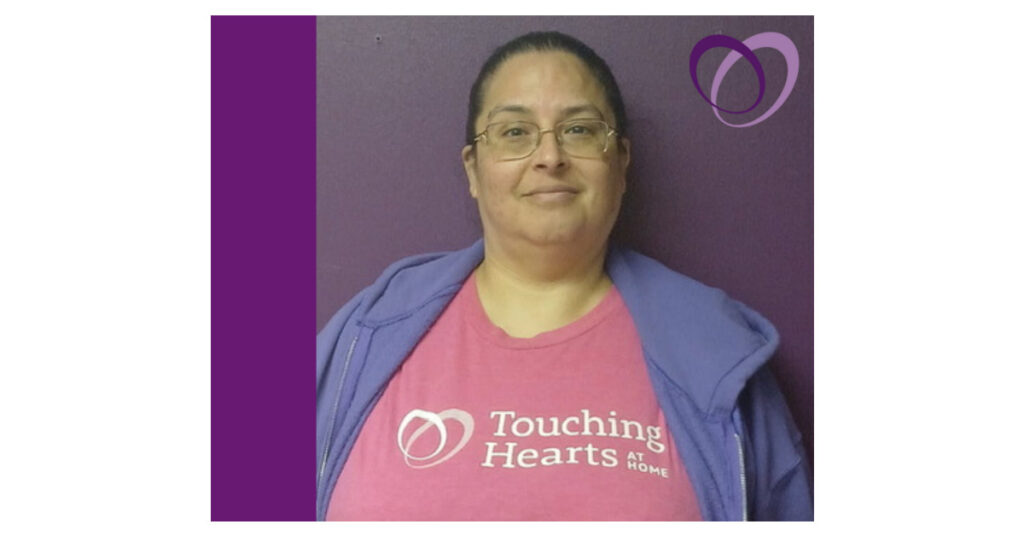Colder weather
Did you know that temperatures do not have to be below freezing for hypothermia to develop? In cold weather, millions of older people risk developing hypothermia. That means low body temperature. Normal body temperature needs to be about 98.6 degrees F. If cold causes it to drop below 95 degrees F, dangerous things start to happen. The heart begins to slow down; the body becomes weak; and the mind becomes confused.
One of the most dangerous things about hypothermia is that it causes the mind to become confused. When a person is confused it’s very hard to make good decisions. Confusion can keep a person from recognizing danger and seeking help. This is why many older adults die from hypothermia in their own homes.
Danger Signs If an older adult has any of these signs, suspect hypothermia:
- Confusion
- Difficulty in speaking
- Shivering
- Slow breathing
- Sleeping and hard to wake up
- Cold, stiff muscles
- Puffy face
- Stomach cold to touch
- Forgetfulness
- Trembling of one side of the body or in one arm or leg
Risks The following things can increase the risk of developing hypothermia:
- Living in a cold house
- Not dressing warmly enough
- Drinking alcoholic beverages
- Taking certain prescription drugs. Check with a doctor or pharmacist.
- Poor diet
- Stroke or diabetes
Prevention Stay warm. If temperatures are cool or cold, the best thing to do is to dress warmly.
- Wear layers of clothes. Loose clothes will trap more warm air around the body. Mittens are warmer than gloves.
- Keep clothes dray and change long underwear or socks if they become damp or wet.
- Wear a windproof outer layer when outdoors.
- Wool keeps a person warmer than cotton when damp or wet.
- Most synthetics are warmer than cotton when damp or wet.
- Down or quilted synthetic clothes also provide good protection form the cold.
- Good nutrition is especially important in winter. Food provides the fuel which the body needs to keep warm. Hot, nourishing meals and warm drinks add heat to the body.
If you are concerned about an older adult who may be living at high risk for severe cold, check in on them often. If you believe someone is not safe from cold conditions, contact your state or area agency on aging. They can direct you to services that are available in your community.
Ramona K. Hunt M.S. Director of Leadership and Development Touching Hearts, Inc.
The above information on danger signs, risks, and prevention was developed in conjunction with the Center for Environmental Physiology, 1511 K Street, NW, Suite 732, Washington DC 20005, and the American Gas Association.
You may also like:
Five Tips for Coping with an Alzheimer’s Disease Diagnosis
Alzheimer's Care in Hesston KS: It can be difficult to adjust to a new diagnosis of Alzheimer’s disease. Incorporating these…
Making Safety Modifications to Age in Place Safely
Senior Home Care in Lyons KS: In order for your senior to age in place safely, some modifications may need…
Congratulations, Jada!
Congratulations to our amazing caregiver, Jada Pinkston! Jada’s name was drawn from those who took the time to complete our…
March Employee of the Month
Congratulations to Dawn Swenson-Boroff, our March Employee of the Month at Touching Hearts at Home of Central Kansas! Your dedication,…
Happy Easter From Our Touching Hearts Family
May you enjoy the special Blessings of the Easter Holiday filled with the peace of His presence, the joy of…









